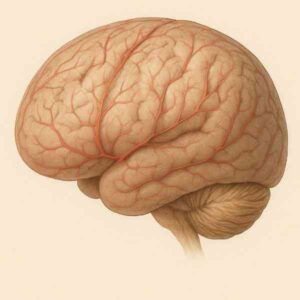In 2005, I made my transition from GMC to CMC—Grant Medical College to Christian Medical College. After fortuitously having completed my MBBS at the 150-year-old hospital, fondly called JJ Hospital, I packed my bags and immeasurable memories and moved to another institution that also happened to be over a century old. My love for the archaic definitely had something do with the fact that I was Parsi. Being old-fashioned myself, I entered Vellore like one enters a great love affair: with no exit plan.



